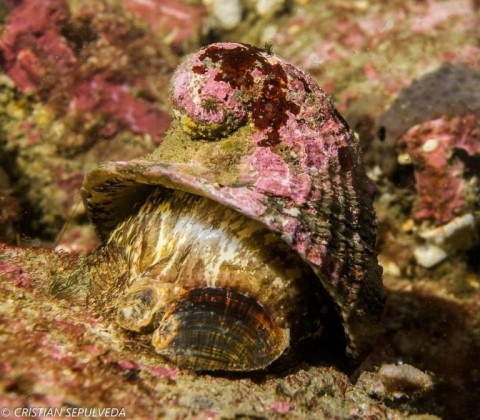
PARIS - Will you choose beauty? The carnivorous Wavy Bubble Snail, perhaps, with its billowing skirts shimmering under UV light. Or will it be age? Like the venerable 500-year-old Methuselah oyster.
Or will you be seduced by the leopard slug with its gymnastic mating ritual?
The list of finalists for Mollusc of the Year has something for everyone.
In a public vote ending Sunday, five species of soft-bodied invertebrates are vying to follow in the illustrious trail of previous winners, dubbed the "world's most beautiful snail" and "weirdest octopus".
The grand prize? The triumphant species will have its genome decoded to better understand its evolution and potential benefits to humanity.
The International Mollusc of the Year competition, which kicked off this month, is run by the LOEWE Centre for Translational Biodiversity Genomics, based in Germany.
Organisers have whittled down the field from 85,000 mollusc species, thanks to nominations by researchers from around the world.
By definition, pageant entrants have a head, an intestine sac and a muscular "foot" for motion.
The animal group is one of the most diverse in terms of shapes, sizes, habitats and behaviours, ranging from the deep sea colossal squid to garden slugs.
Molluscs have been around for more than 500 million years and are the second largest phylum of animals after insects.
But they are shrouded in mystery. "Of all invertebrates, molluscs are most valued by man, but surprisingly are an often neglected phylum in genomic research," laboratory manager at the LOEWE Centre TBG Carola Greve told AFP.
The contestants may be boneless, but this year's competition is stiff.

